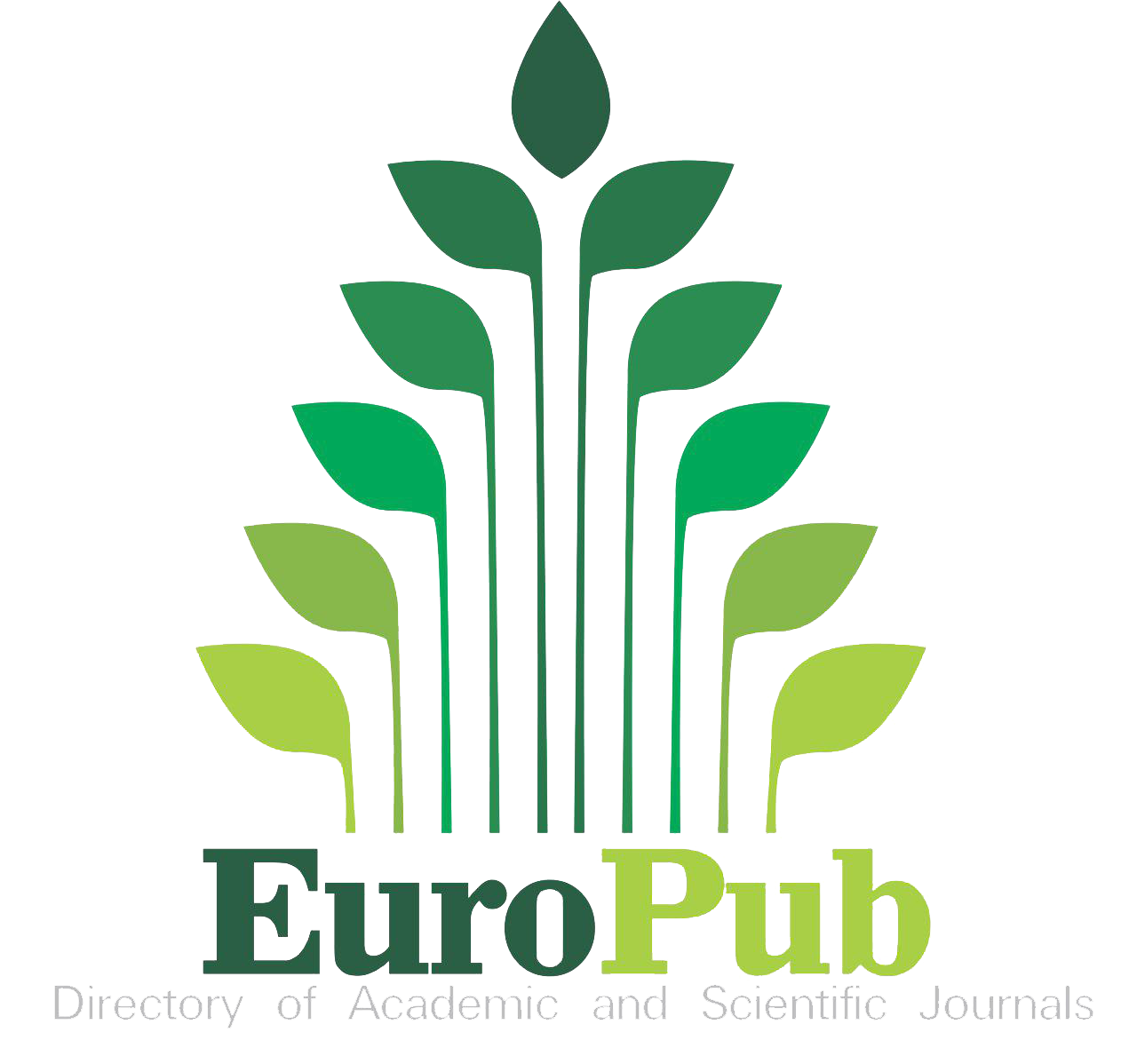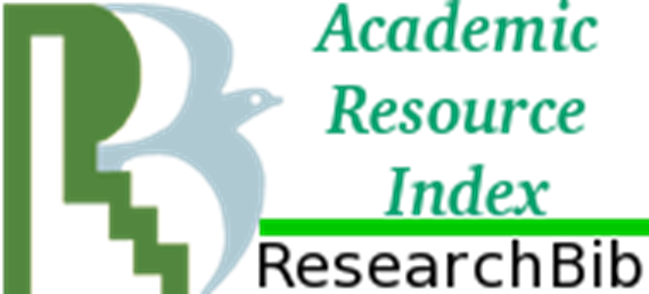Japanese Language Education in the Philippines: Historical Development, Current Status and Future Prospects
Keywords:
Japanese language education, Japanese as a foreign language, Japanese in the PhilippinesAbstract
The Philippines is one of the countries where Japanese language education is not only flourishing, but considered to be very relevant. The country has the ninthnlargest number of learners and the tenth largest number of teachers in the world. This is largely propelled by continuous Filipino migration and diaspora to Japan, for work, studies, and even reunion with family members who had migrated to Japan. Business and trade between Japan and the Philippines remain strong, receiving so much support from the governments of both countries. There is also ongoing increasing interest in Japanese culture and language among Filipinos. However, academic research on Japanese language education in the country is scarce, if not lacking. Thus, this article aims to provide a synoptic profile of Japanese language education in the Philippines. First, it presents the history of Japanese language education in the country, highlighting milestones pivotal to its development. Secondly, the article classifies different aspects of Japanese language education, such as academic-oriented education, occupation-oriented training, teacher networking, and events and programs held in the country. Thirdly, the article discusses the current status of Japanese language education in the Philippines such as demographics, students’ motivation, and teachers’ qualifications. The article highlights challenges that Japanese language education in the country confronts, such as the relatively few teachers and institutions for the population, the lack of formal training for teachers, and the limited networking for these teachers and other stakeholders. The article ends the discussion with future prospects of Japanese language education in the Philippines.









 c/o Secretary: Dr. Zarina Othman,
c/o Secretary: Dr. Zarina Othman,